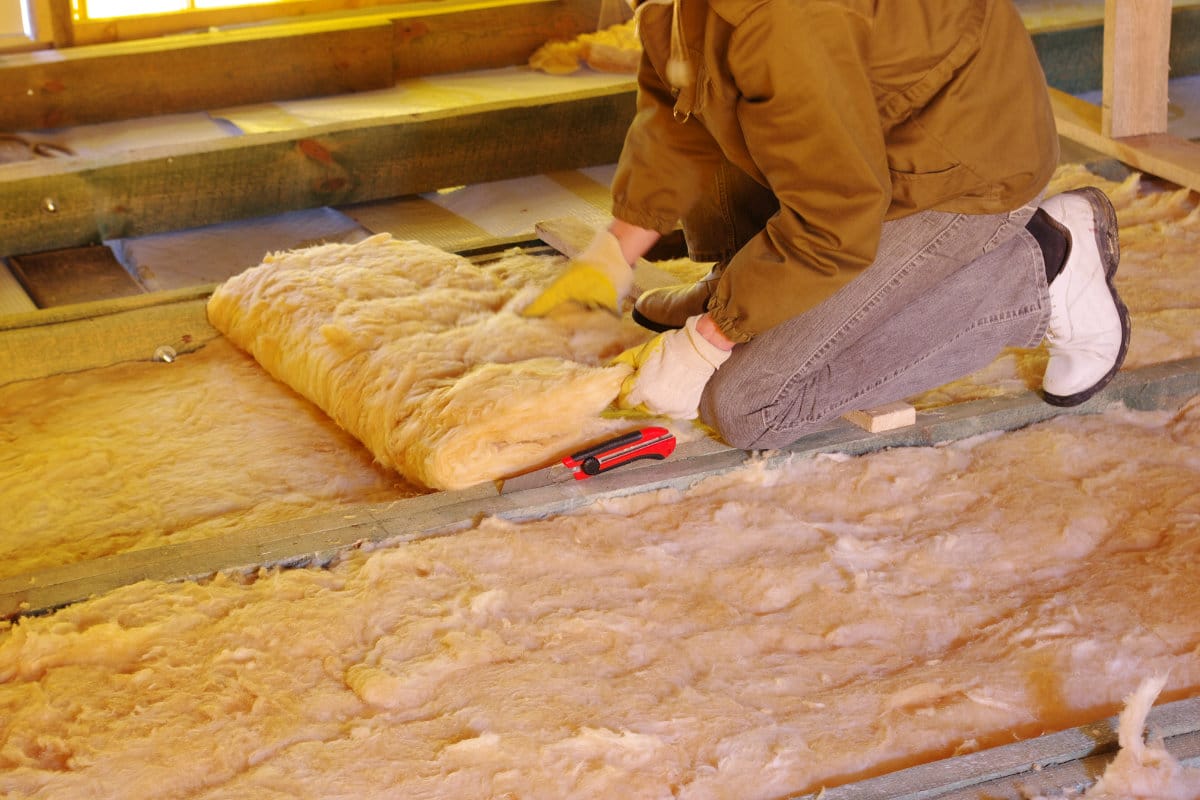

Articles
What Is Insulation Made Of
Modified: January 8, 2024
Discover what insulation is made of with our informative articles. Learn about the different materials and their benefits for energy efficiency.
(Many of the links in this article redirect to a specific reviewed product. Your purchase of these products through affiliate links helps to generate commission for Storables.com, at no extra cost. Learn more)
Introduction
When it comes to creating a comfortable and energy-efficient living or working environment, insulation plays a crucial role. Insulation is the material that helps regulate temperature and reduce the transfer of heat or cold between indoor and outdoor spaces. By effectively insulating a building, you can keep it warm in winter and cool in summer while minimizing energy usage and lowering utility bills.
But have you ever wondered what insulation is made of? In this article, we will explore the different types of insulation materials commonly used in residential and commercial construction. Understanding the composition of various insulation materials can help you make informed decisions when it comes to improving the energy efficiency of your space.
Key Takeaways:
- Understanding the composition of insulation materials, such as fiberglass, cellulose, and mineral wool, can help you make informed decisions to improve energy efficiency and create a comfortable living or working environment.
- Each type of insulation material, from spray foam to reflective foil, offers unique advantages, such as thermal performance, air sealing, and moisture resistance. Consider factors like cost and environmental impact when choosing the right insulation for your space.
Read more: What Is Foam Insulation Made Of
Types of Insulation Materials
There are several insulation materials available in the market, each with its own unique properties and advantages. Let’s take a closer look at some of the most common types:
- Fiberglass: Fiberglass insulation is composed of tiny strands of glass fibers. It is one of the most widely used insulation materials due to its affordability and effectiveness. Fiberglass insulation can be found in both batt and loose-fill forms, making it versatile for different installation needs.
- Cellulose: Cellulose insulation is made from recycled paper treated with fire-resistant chemicals. It is an eco-friendly option that provides excellent thermal performance. Cellulose insulation is commonly used in attics and wall cavities and can be blown in or installed as loose-fill material.
- Mineral Wool: Mineral wool insulation is made from molten rock or slag spun into fibers. It is known for its excellent fire resistance and sound insulation properties. Mineral wool insulation comes in batts or loose-fill form, making it suitable for a variety of applications.
- Spray Foam: Spray foam insulation is a two-part mixture that expands and hardens when applied. It forms a seamless barrier that provides high thermal resistance and helps eliminate air leakage. Spray foam insulation is ideal for sealing gaps, cracks, and hard-to-reach areas.
- Polyurethane Foam: Polyurethane foam insulation is a type of spray foam insulation that offers superior thermal insulation and air sealing capabilities. It expands to fill cavities and provides a higher R-value compared to other insulation materials. Polyurethane foam insulation is commonly used in walls, roofs, and crawlspaces.
- Polystyrene: Polystyrene insulation can be found in two main forms: expanded polystyrene (EPS) and extruded polystyrene (XPS). EPS is lightweight and cost-effective, making it suitable for insulation panels and insulating concrete forms. XPS has a higher density and offers better moisture resistance, making it ideal for below-grade applications.
- Reflective Foil: Reflective foil insulation consists of a layer of foil that reflects radiant heat. It is commonly used in attics and crawlspaces to reduce heat gain during hot summers. Reflective foil insulation is often paired with other insulation materials for enhanced thermal performance.
Fiberglass
Fiberglass insulation is one of the most popular and widely used types of insulation materials. It is composed of tiny strands of glass fibers that are arranged into batts or blown-in loose-fill form. Fiberglass insulation is known for its affordability, versatility, and excellent thermal performance.
One of the key advantages of fiberglass insulation is its ability to resist heat transfer. The glass fibers trap air pockets, which help slow down the movement of heat. This results in a more comfortable living or working environment, as fiberglass insulation effectively keeps the indoor temperature stable, regardless of the weather outside.
Furthermore, fiberglass insulation is non-combustible, making it a safe choice for buildings. It does not emit any toxic fumes if exposed to fire, providing valuable time for evacuation in case of emergencies. Fiberglass insulation also acts as a sound barrier, reducing noise transmission between rooms or from external sources.
Installation of fiberglass insulation is relatively straightforward. In batt form, it can be easily cut to fit between wall studs, floor joists, or ceiling rafters. It is commonly used in residential and commercial applications, including walls, attics, floors, and crawlspaces. Fiberglass insulation can also be blown in using special equipment to fill hard-to-reach areas or irregularly shaped cavities.
One of the considerations with fiberglass insulation is the potential for fiberglass particles to become airborne during installation or if the material is disturbed. It is important to take proper precautions by wearing safety gear, such as gloves and a mask, to minimize the risk of inhalation or skin irritation. Additionally, if you plan to handle fiberglass insulation yourself, be sure to follow the manufacturer’s guidelines for installation.
Overall, fiberglass insulation continues to be a popular choice for its affordability, thermal performance, and versatility. Whether you’re looking to improve the energy efficiency of your home or office, fiberglass insulation can help create a comfortable and well-insulated space.
Cellulose
Cellulose insulation is an environmentally friendly option that is made from recycled paper treated with fire-resistant chemicals. It is a cost-effective and efficient insulation material that is commonly used in residential and commercial buildings.
One of the advantages of cellulose insulation is its high thermal performance. The fibers of recycled paper trap air, creating a barrier against heat transfer. This helps to keep the indoor temperature stable and reduce energy consumption for heating and cooling. Cellulose insulation also has excellent soundproofing properties, making it an ideal choice for spaces where noise reduction is desired.
Cellulose insulation is available in two forms: loose-fill and dense-packed. Loose-fill cellulose insulation is installed by blowing it into attics, wall cavities, or other areas requiring insulation. The loose fibers settle and conform to the space, providing a consistent layer of thermal protection. On the other hand, dense-packed cellulose insulation is used for retrofitting walls that are already finished. It is densely packed into the wall cavities using specialized blowing equipment, ensuring a tight seal and maximum insulation efficiency.
One of the key advantages of cellulose insulation is its sustainability. Being made from recycled paper, it helps reduce waste and promotes a more circular economy. Additionally, cellulose insulation is treated with fire-resistant chemicals that make it resistant to flames and slow down the spread of fire. This enhances the safety of the building and provides valuable time for evacuation in case of fire.
When installing cellulose insulation, it is important to ensure proper ventilation to prevent moisture buildup. Moisture can affect the performance of the insulation and lead to the growth of mold or mildew. Professional installation is recommended to ensure that the insulation is properly installed and any potential issues are addressed.
In summary, cellulose insulation offers an affordable, efficient, and sustainable solution for insulation needs. Its thermal performance, soundproofing capabilities, and fire resistance make it a popular choice for both residential and commercial applications.
Mineral Wool
Mineral wool insulation, also known as rock wool or slag wool insulation, is made from mineral fibers derived from molten rock or slag. It is a versatile and high-performing insulation material that offers excellent thermal and acoustic insulation properties.
One of the key advantages of mineral wool insulation is its exceptional fire resistance. The mineral fibers are naturally non-combustible and can withstand high temperatures. In the event of a fire, mineral wool insulation acts as a barrier, slowing down the spread of flames and providing valuable time for evacuation.
Mineral wool insulation also has excellent sound-absorbing qualities, making it an excellent choice for reducing noise transmission between rooms or from external sources. This makes it ideal for applications in walls, floors, and ceilings where noise control is desired.
Furthermore, mineral wool insulation offers superb thermal performance. The fibers trap air, creating pockets that slow down the transfer of heat, helping to maintain a comfortable indoor temperature year-round. It is effective in both hot and cold climates, keeping the building cool in summer and warm in winter.
Mineral wool insulation is available in two main forms: batts and loose-fill. Batts are pre-cut to fit between standard stud spacing and are commonly used in walls, ceilings, and floors. Loose-fill mineral wool insulation is blown or poured into cavities, making it suitable for insulating irregularly shaped areas or filling in gaps.
Installation of mineral wool insulation requires protective equipment, such as gloves, goggles, and a mask, as the fibers can cause skin and respiratory irritation. It is essential to follow the manufacturer’s guidelines for installation to ensure safety and proper performance.
In summary, mineral wool insulation offers a combination of fire resistance, sound absorption, and thermal insulation. Its versatility and superior performance make it a popular choice for both residential and commercial applications where safety and energy efficiency are paramount.
Insulation can be made from a variety of materials including fiberglass, foam, cellulose, and mineral wool. Each material has its own benefits and drawbacks, so it’s important to consider your specific needs when choosing insulation for your home.
Read more: What Is Yellow Insulation Made Of
Spray Foam
Spray foam insulation is a type of insulation material that is applied as a liquid and expands into a foam when sprayed. It offers exceptional thermal insulation and air sealing properties, making it a popular choice for both residential and commercial construction.
One of the key advantages of spray foam insulation is its ability to create an air-tight seal. The foam expands and fills gaps, cracks, and hard-to-reach areas, ensuring a thorough seal against air leakage. This helps to prevent drafts and minimizes heat transfer, resulting in significant energy savings and improved indoor comfort.
Not only does spray foam insulation provide excellent thermal insulation, but it also acts as a sound barrier. The foam’s dense structure absorbs sound waves, reducing noise transmission both from outside and between rooms.
Spray foam insulation offers a high R-value, which is a measure of thermal resistance. This means that it effectively resists the flow of heat, keeping buildings cool in the summer and warm in the winter. Its superior insulation capabilities can lead to reduced energy consumption and lower utility bills.
Another advantage of spray foam insulation is its ability to help prevent moisture and condensation. The foam creates a moisture barrier on the applied surface, reducing the risk of mold and mildew growth and protecting against damage to the building structure.
It’s important to note that the installation of spray foam insulation requires professional expertise and specialized equipment. The process involves mixing and spraying the foam onto the desired surface, and proper application is crucial for optimal performance.
While spray foam insulation offers numerous benefits, it’s essential to be aware of potential safety considerations. During the installation process, occupants should be temporarily evacuated from the area, as the fumes from the foam’s chemicals can be hazardous. Once the foam cures and hardens, it becomes inert and safe.
In summary, spray foam insulation provides excellent thermal insulation, air sealing, and soundproofing properties. Its ability to create an air-tight seal and its high R-value make it a top choice for energy-efficient and comfortable buildings.
Polyurethane Foam
Polyurethane foam insulation is a type of spray foam insulation that offers superior thermal performance and air sealing capabilities. It is made by combining two components, polyol and isocyanate, which react and expand to form a dense foam.
One of the key advantages of polyurethane foam insulation is its exceptional thermal insulation properties. The foam’s tightly packed structure and high R-value contribute to significant energy savings by reducing heat loss or gain through walls, roofs, and other building components.
Furthermore, polyurethane foam insulation provides excellent air sealing capabilities. It creates a seamless and continuous barrier, preventing air leakage and infiltration. This helps to eliminate drafts, minimize heat transfer, and maintain a consistent indoor temperature, enhancing the overall comfort of the building.
Polyurethane foam insulation is highly versatile and can be applied to various surfaces and substrates. It adheres to most materials, including concrete, wood, metal, and more, making it suitable for different construction applications.
Another advantage of polyurethane foam insulation is its ability to fill and seal even the tiniest of gaps and cracks. This makes it effective in creating an air-tight seal, improving energy efficiency, and reducing noise transmission.
It is important to note that professional installation is recommended for polyurethane foam insulation. The process involves using specialized equipment to accurately apply the foam, ensuring proper coverage and thickness for optimal performance.
When considering polyurethane foam insulation, it is essential to be aware of its initial cost compared to other insulation materials. While it may have a higher upfront cost, the long-term energy savings and increased comfort can outweigh the initial investment.
Additionally, like other spray foam insulation materials, occupants should not be present during the installation process due to the release of fumes. Once the foam cures and dries, it becomes inert and safe.
In summary, polyurethane foam insulation offers superior thermal insulation and air sealing capabilities. Its ability to create an air-tight seal, its high R-value, and its versatility in application make it an excellent choice for energy-efficient and comfortable buildings.
Polystyrene
Polystyrene insulation is a popular type of insulation material that is available in two main forms: expanded polystyrene (EPS) and extruded polystyrene (XPS). Both types offer excellent thermal insulation properties and are widely used in various construction applications.
Expanded polystyrene (EPS) insulation is lightweight, rigid, and cost-effective. It is composed of small beads of polystyrene that are expanded and fused together. EPS insulation is commonly used in insulation panels, insulated concrete forms (ICFs), and roofing applications. It provides excellent thermal insulation while also offering some soundproofing benefits.
Extruded polystyrene (XPS) insulation, on the other hand, has a higher density and offers enhanced moisture resistance compared to EPS. It is made by continuously extruding polystyrene and blowing agents, resulting in a closed-cell foam structure. XPS insulation is commonly used in below-grade applications such as basements and foundations, as well as in roofing, walls, and floors where moisture control is a concern.
Both EPS and XPS insulation have a high R-value, meaning they effectively resist the flow of heat. This helps to maintain a comfortable indoor temperature and reduce energy consumption for heating and cooling. They are also durable, lightweight, and easy to handle during installation.
One advantage of polystyrene insulation is its resistance to moisture absorption. The closed-cell structure of XPS insulation, in particular, makes it highly resistant to water penetration. This property can help prevent moisture-related issues, such as mold or mildew growth, and maintain the structural integrity of the building.
It’s important to properly install and protect polystyrene insulation to maximize its performance. Installation guidelines should be followed, and a protective covering should be applied to shield the insulation from sunlight and physical damage.
While polystyrene insulation offers numerous benefits, it’s important to consider its environmental impact. Polystyrene is a petroleum-based plastic, and its production and disposal can have adverse effects on the environment. However, both EPS and XPS insulation can be recycled, reducing their environmental footprint.
In summary, polystyrene insulation, whether in the form of EPS or XPS, provides excellent thermal insulation properties. Its lightweight nature, moisture resistance, and high R-value make it a popular choice for a wide range of construction applications.
Reflective Foil
Reflective foil insulation, also known as radiant barrier insulation, is a unique type of insulation that utilizes a layer of reflective foil to minimize heat transfer through radiation. It is commonly used in attics, roofs, and walls to reduce heat gain during hot summers and improve energy efficiency.
The key principle behind reflective foil insulation is its ability to reflect radiant heat. The foil layer is made of a highly reflective material, typically aluminum, that reflects the sun’s radiant energy away from the building. By blocking the transfer of radiant heat, reflective foil insulation helps to keep the interior space cooler and more comfortable.
In addition to its reflective properties, some types of reflective foil insulation also incorporate an additional layer of insulation material, such as foam or fiberglass, to provide some level of traditional thermal insulation.
Reflective foil insulation is easy to install and can be affixed to various surfaces using staples, adhesive, or other fastening methods. It is often used in conjunction with other insulation materials to enhance overall thermal performance.
One of the advantages of reflective foil insulation is its ability to reduce energy consumption by minimizing the need for air conditioning during hot weather. By reflecting radiant heat, it helps to maintain a cooler indoor temperature and reduces the load on cooling systems.
Reflective foil insulation is also effective in condensation control. The reflective surface helps to prevent moisture buildup by reducing the temperature differential between the interior and exterior of the building. This can help reduce the risk of mold and mildew growth.
It’s worth noting that reflective foil insulation is primarily effective at reducing heat gain from the sun. In colder climates, where the goal is to retain heat, reflective foil insulation may not provide sufficient insulation on its own. In such cases, it is often used in combination with other insulation materials to achieve optimal thermal performance.
Furthermore, the installation of reflective foil insulation requires proper sealing and overlap to ensure its effectiveness. Any gaps or punctures in the foil can compromise its reflective properties and reduce its efficiency.
In summary, reflective foil insulation offers a unique approach to reducing heat gain through radiation. Its ability to reflect radiant heat and improve energy efficiency, along with its ease of installation, make it a valuable option for reducing cooling costs and enhancing comfort in hot climates.
Read more: What Is Rockwool Insulation Made Out Of
Conclusion
Insulation materials play a vital role in creating comfortable and energy-efficient spaces. Understanding the different types of insulation materials can help you make informed decisions when it comes to improving the energy efficiency and comfort of your home or office.
From fiberglass and cellulose to mineral wool, spray foam, polyurethane foam, polystyrene, and reflective foil, each insulation material offers its own unique set of advantages and characteristics.
Fiberglass insulation stands out for its affordability and versatility, while cellulose insulation is known for its eco-friendliness and excellent thermal performance. Mineral wool insulation offers exceptional fire resistance and sound insulation properties, while spray foam insulation excels in air sealing and thermal efficiency.
Polyurethane foam insulation provides superior thermal insulation and is particularly effective at creating an air-tight seal. Polystyrene insulation, whether EPS or XPS, offers excellent thermal resistance and moisture resistance. Reflective foil insulation is ideal for reducing heat gain through radiation in hot climates.
When choosing insulation materials, it’s essential to consider factors such as cost, thermal performance, moisture resistance, fire resistance, and environmental impact. Additionally, proper installation is crucial to maximize the effectiveness of the insulation and ensure safety.
In conclusion, insulation materials are crucial for creating energy-efficient, comfortable, and sustainable spaces. By selecting the most suitable insulation materials for your specific needs and working with professionals for installation, you can enhance the energy efficiency and thermal performance of your building while reducing your environmental impact.
Frequently Asked Questions about What Is Insulation Made Of
Was this page helpful?
At Storables.com, we guarantee accurate and reliable information. Our content, validated by Expert Board Contributors, is crafted following stringent Editorial Policies. We're committed to providing you with well-researched, expert-backed insights for all your informational needs.
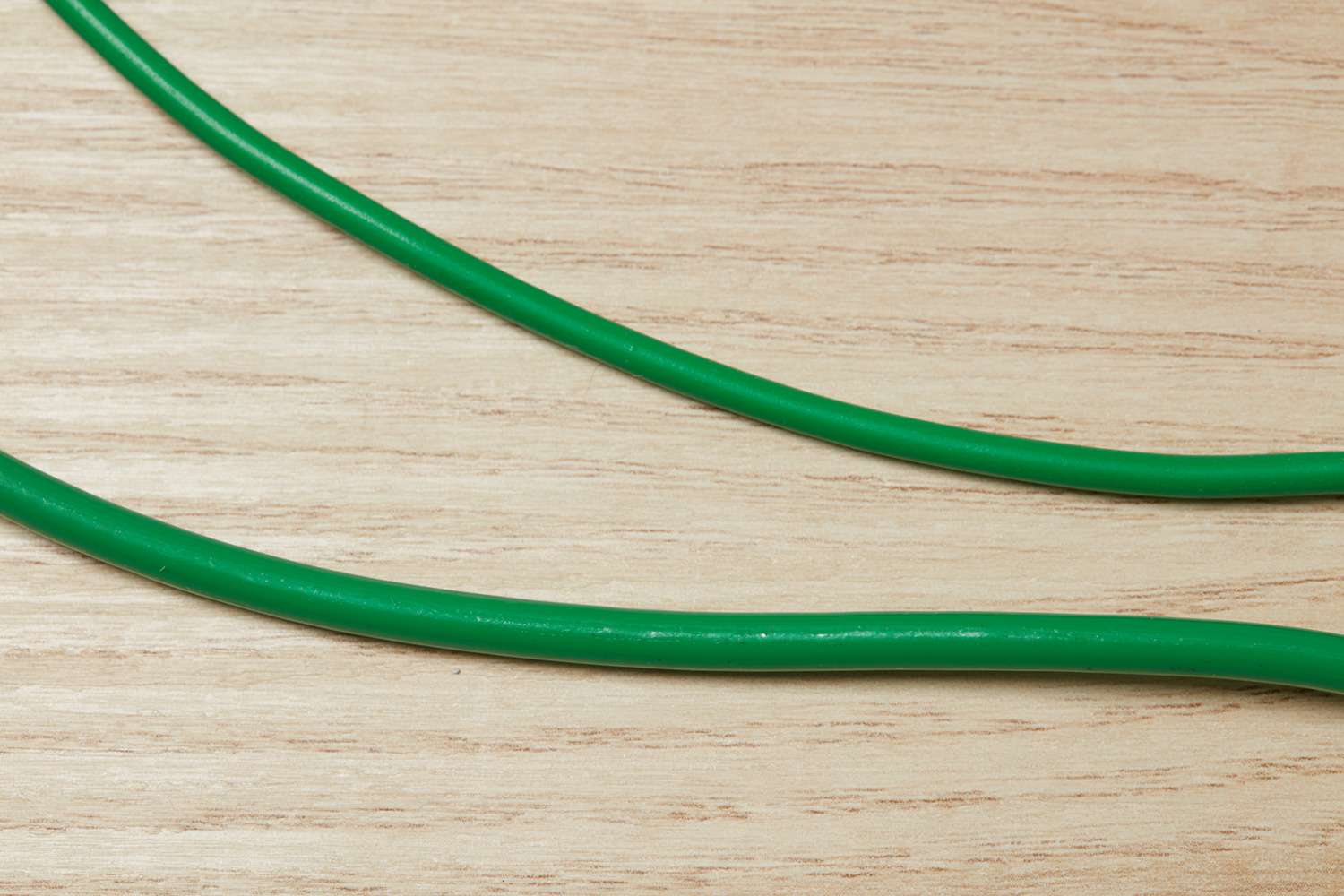
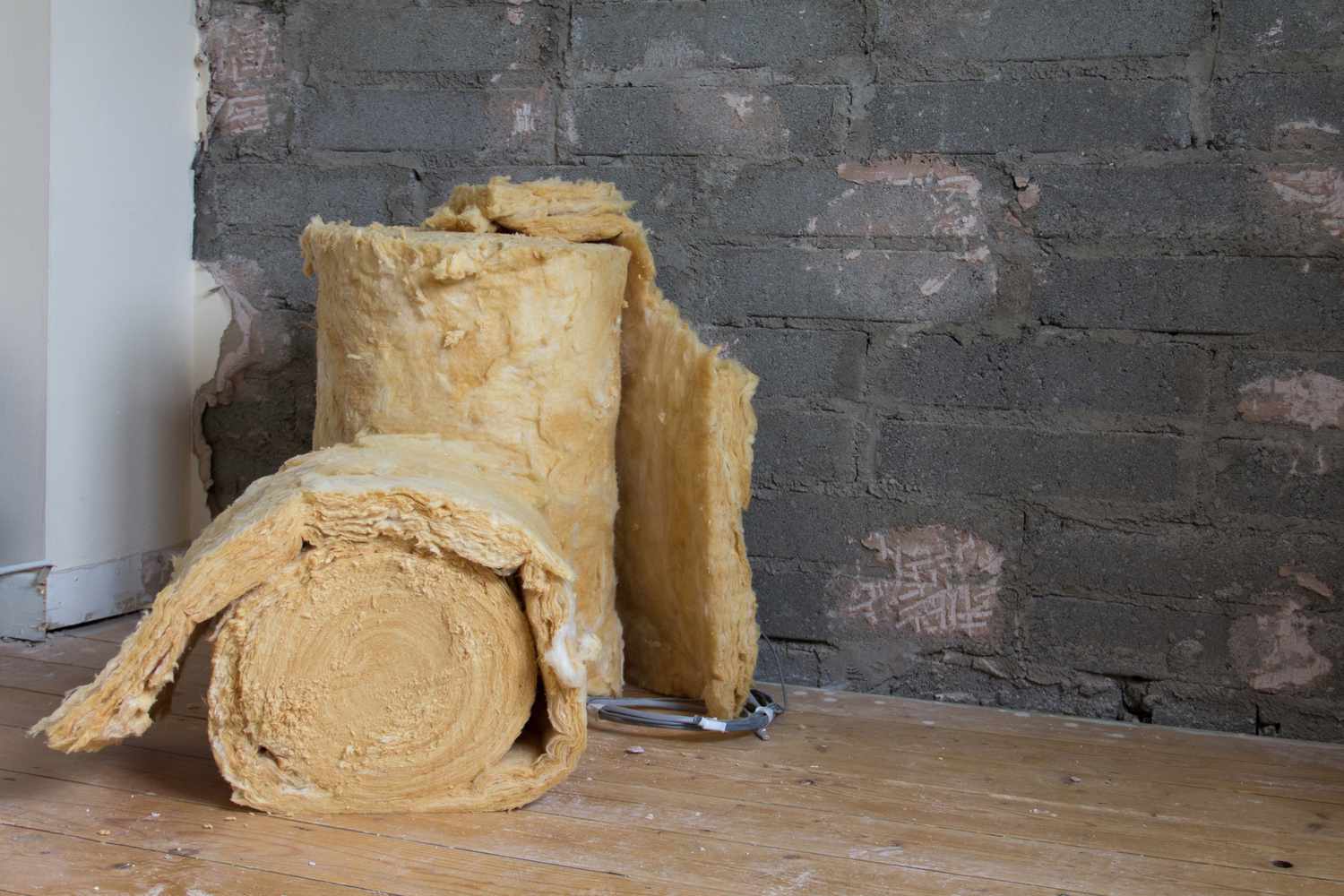

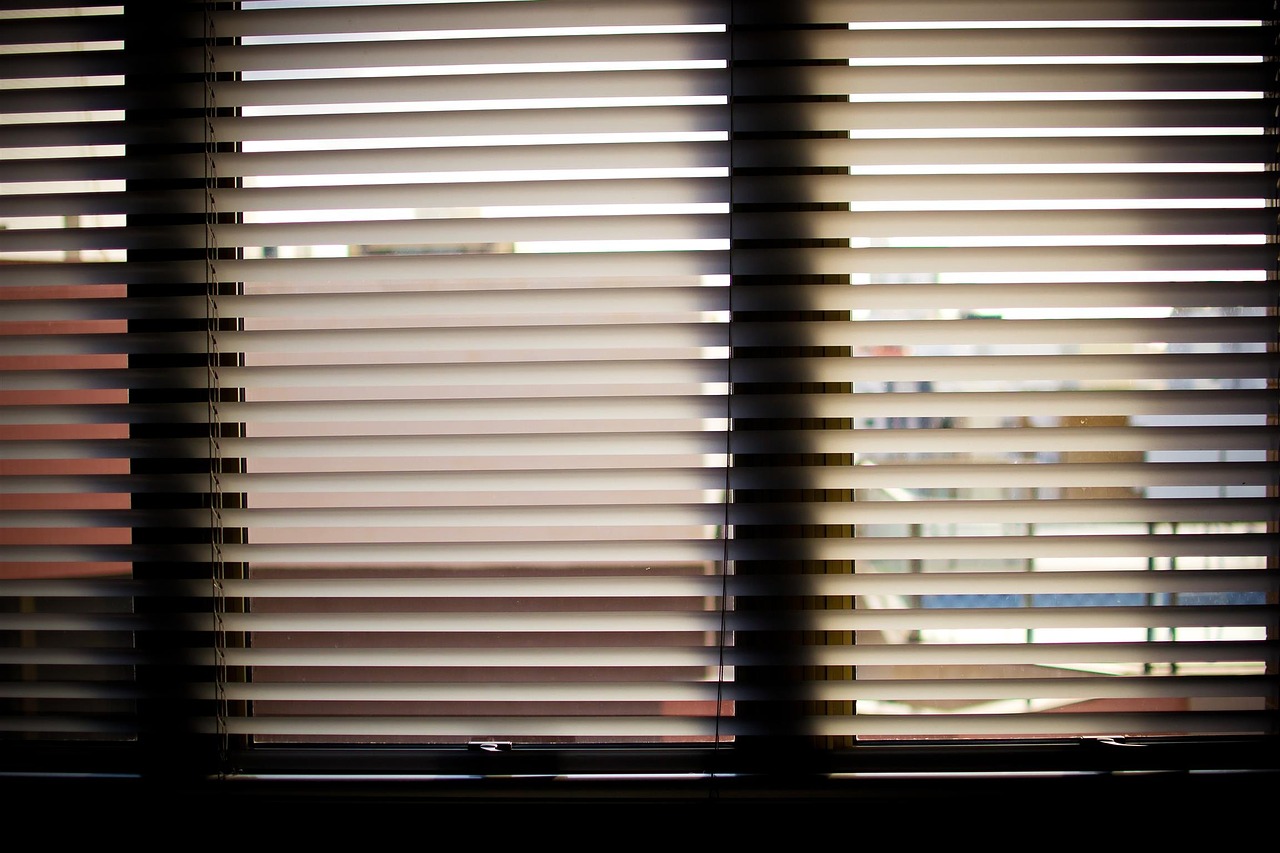

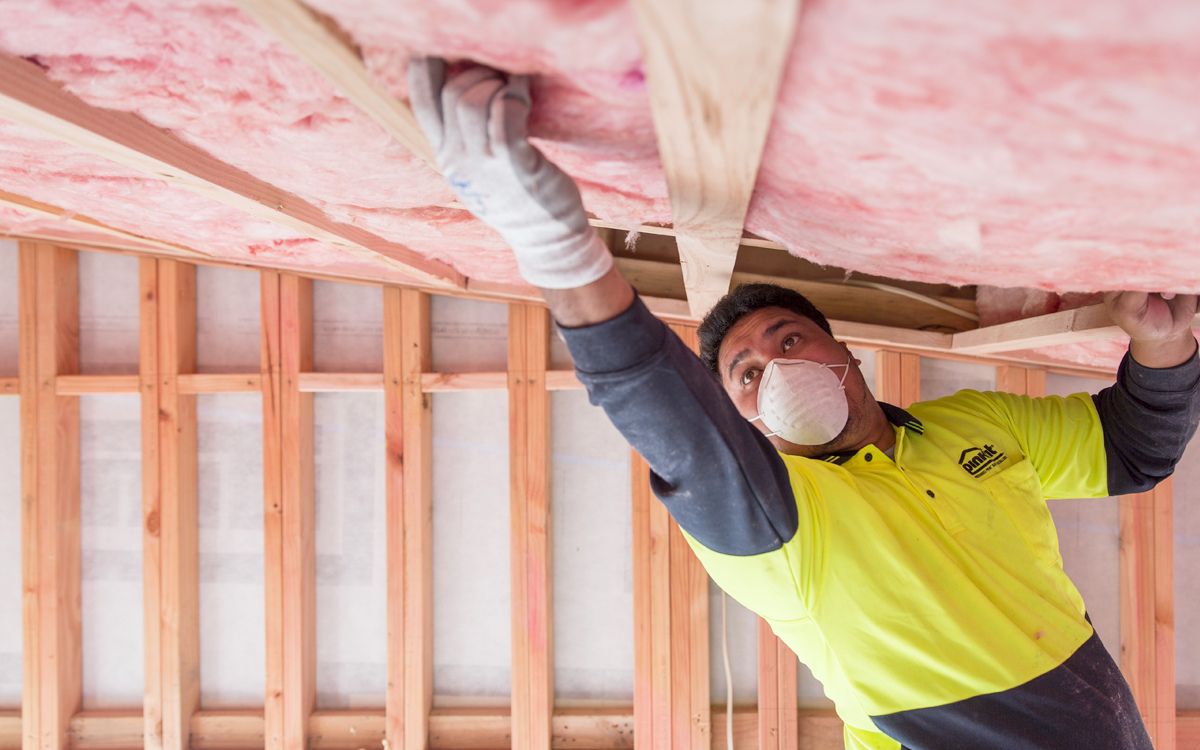


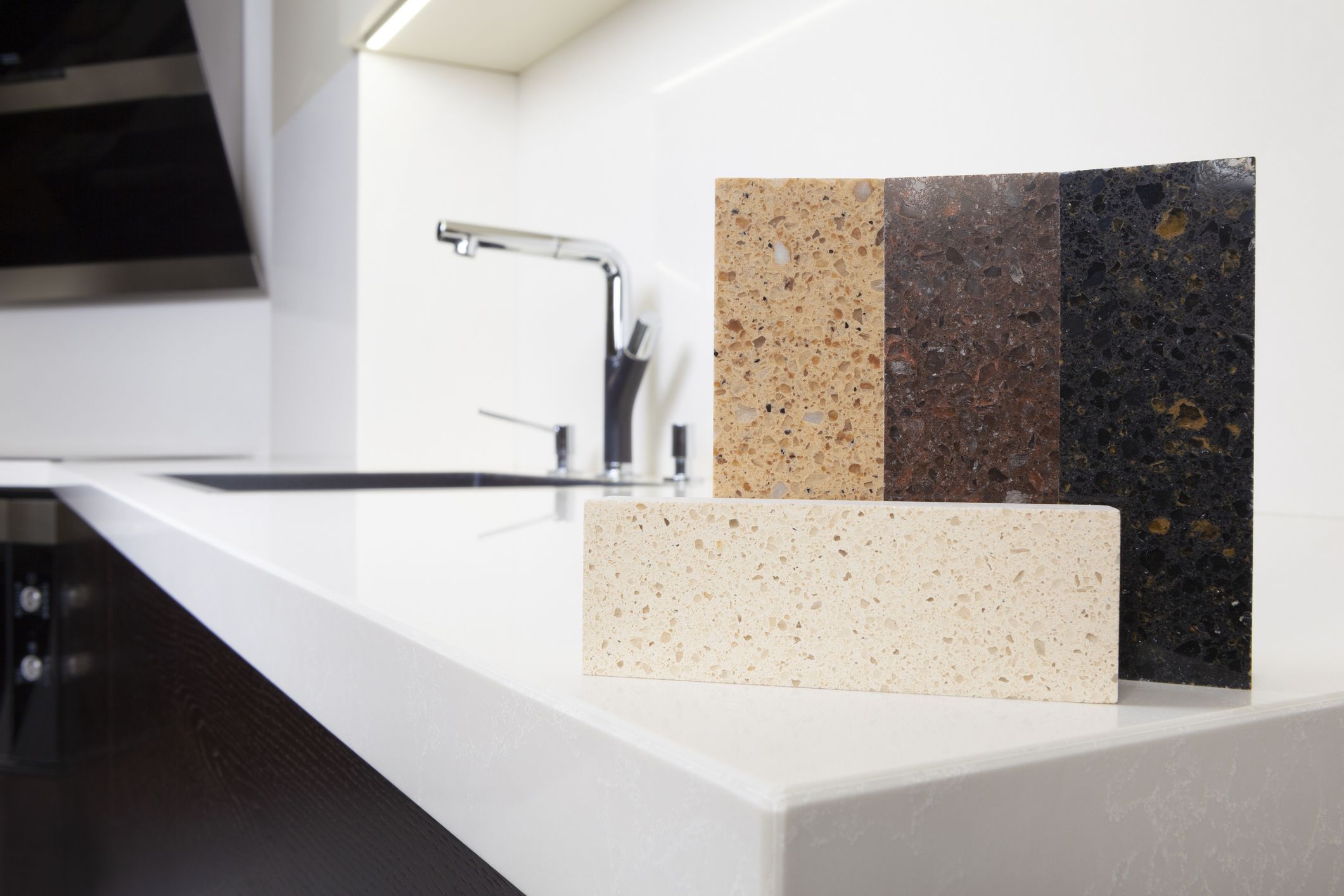
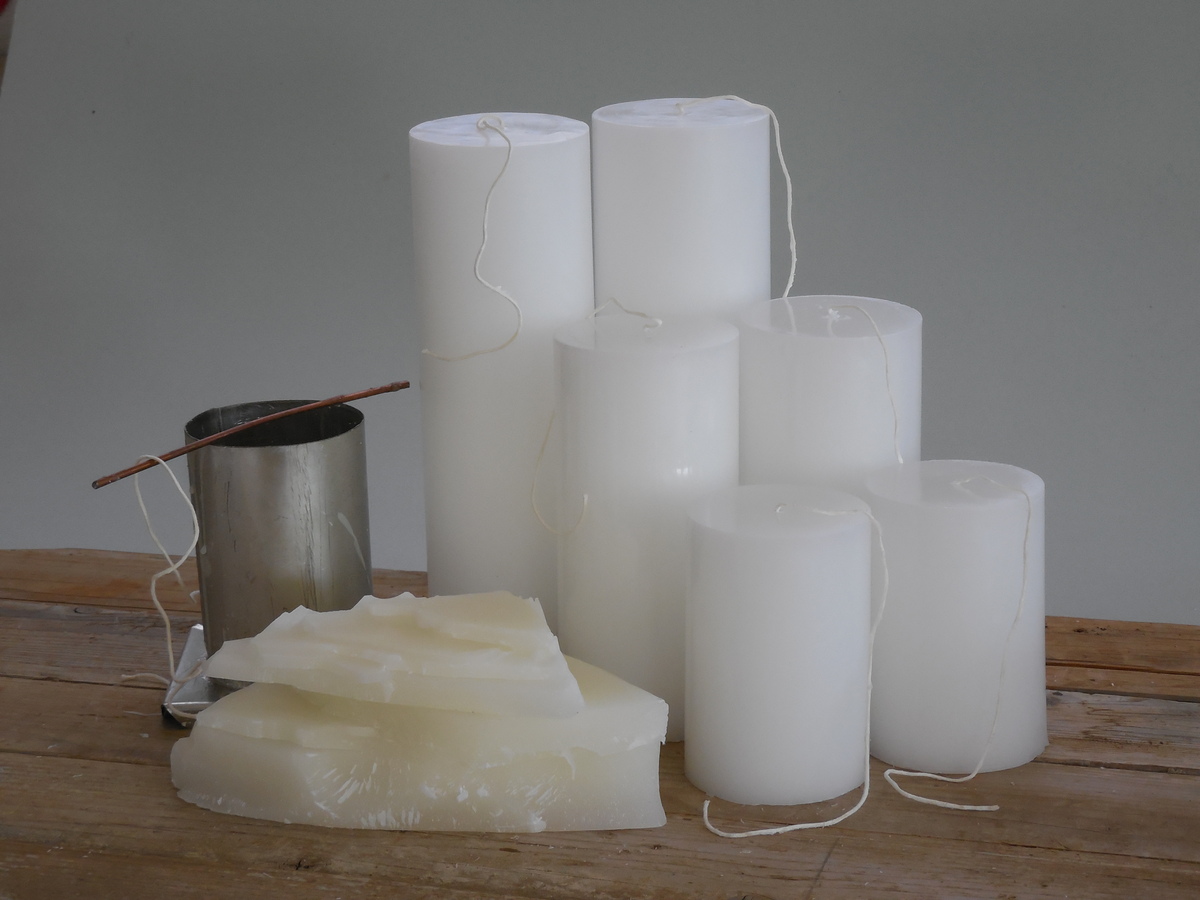


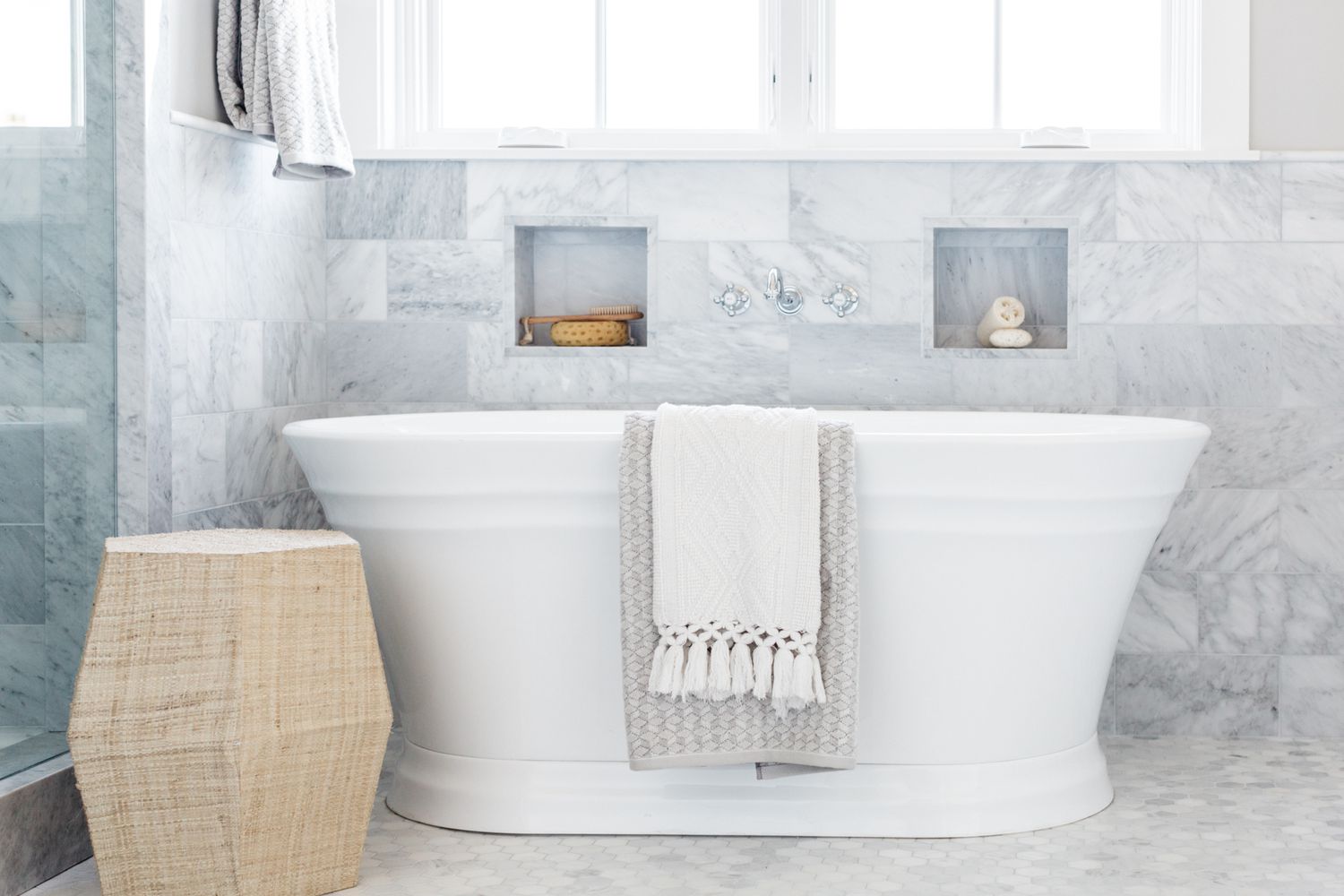

0 thoughts on “What Is Insulation Made Of”